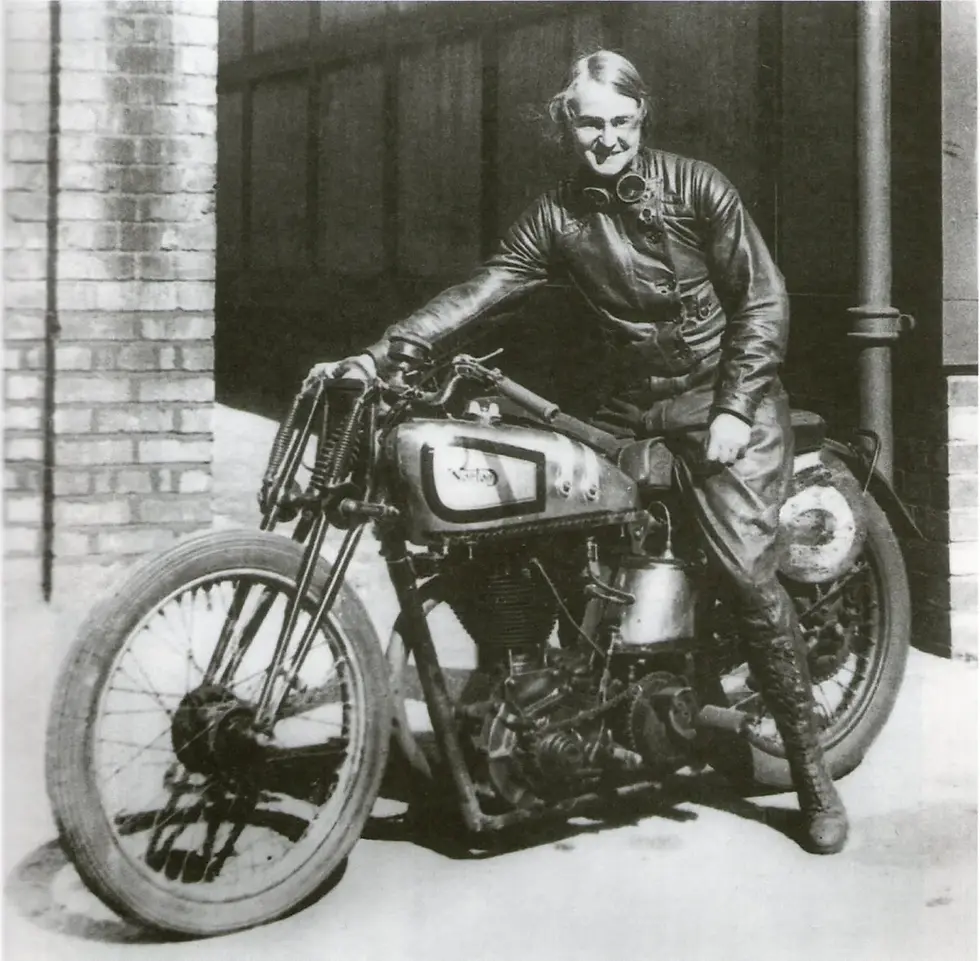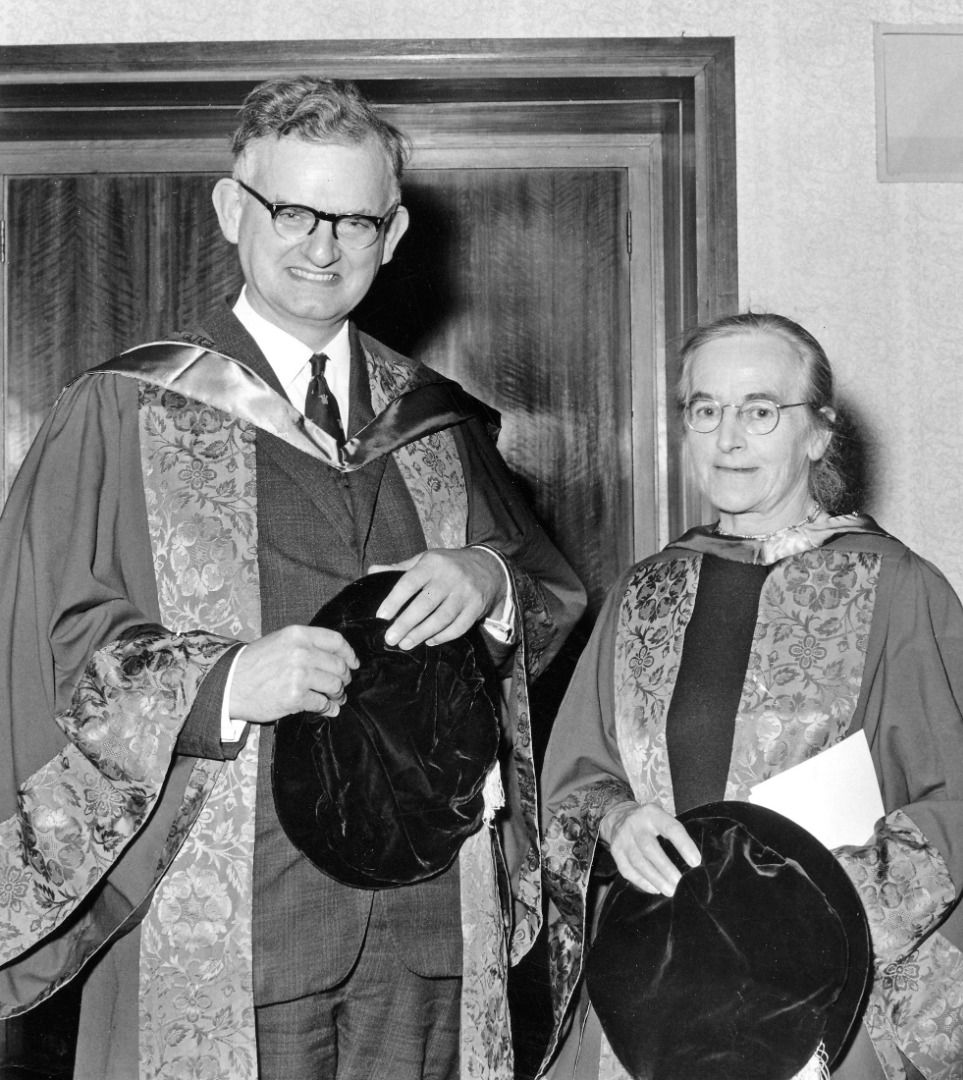Beatrice SHILLING, pioneer of aeronautical engineering
- Tiffanie Chouleur
- Jun 17, 2024
- 3 min read
“As a child I played with Meccano. I spent my pocket money on penknives, an adjustable spanner, a glue pot and other simple hand tools." - Beatrice Shilling, Women Engineer magazine

Beatrice Shilling, posing for the Norton (1935) - Source
Have you ever heard of the woman that helped England dominate the skies during the Second World War? Beatrice Shilling is an emblematic figure who left her mark on her era in her own way. Her contributions radically changed the performance of Royal Air Force fighters, and led to crucial victories for her country. She was later nicknamed “the girl who could fix anything”.
Youth
Beatrice Shilling, nicknamed Tilly, was born on March 8, 1909 in Waterlooville, southern England. Born in a middle-class family, she showed an interest in mechanics from the age of 14, buying a motorcycle and tinkering with it herself. This experience secured her her dream job: engineer.
At an early age, she began working for an engineering company, installing cables and generators. Her employer, Margaret Partridge, founder of the Women's Engineering Society (WES), encouraged her after three years at her side to pursue studies in her field, which she financed entirely. Beatrice enrolled in the University of Manchester, where she graduated with a Bachelor's degree, followed by a Master’s degree of Science in Mechanical Engineering in 1933.

Beatrice Shilling's student record from the University of Manchester, BBC News article (2017) - Source
Employment and Royal Aircraft
Following her studies, Beatrice struggled to find a job during the Great Depression. She began working as a research assistant to Professor G. F. Mucklow at the Birmingham University. In 1936, she was recruited as a scientific officer by the Royal Aircraft Establishment (RAE), a research agency of the Royal Air Force (RAF), where she remained until her retirement in 1969.
Beatrice worked on numerous projects at the RAE during the Second World War. She is described by her colleagues as “a flamboyant pioneer”. She was later awarded an honorary doctorate from the University of Surrey in 1969.
Miss Shilling's orifice
In 1940, RAF pilots encountered problems with certain fighter planes (Spitfires and Hurricanes), which were equipped with Merlin engines. In 1941, Beatrice developed a system to prevent the engines from stalling under certain conditions. Beatrice and a small team installed them in the Merlin engines, to great acclaim from the pilots. The invention became known as “Miss Shilling's orifice”, and helped Beatrice became popular.
Private life
Alongside her professional activities, Beatrice was passionate about motorcycle racing. She took part in many races, particularly in the 1930s, and won numerous prizes. She was awarded the Gold Star for her laps of the Brooklands circuit at over 160 km/h. This also earned her many sexist comments afterwards, including one from a recruiter at an interview who told her “I guess the men let you win”.
Beatrice married George Naylor in 1938, who was also a RAE colleague and racing enthusiast. For the record, she refused to marry him until he also won the Brooklands Gold Star.

Beatrice Shilling with Professor Lighthill, Farnborough Air Sciences
Trust - Source
Retirement and legacy
Beatrice was awarded the Order of the British Empire in 1949 for her contribution to the war effort, and joined the Institution of Mechanical Engineers in 1956. She remained very active in engineering research even after her retirement. She died of cancer in 1990, aged 81, and remains today one of the icons of 20th-century engineering.
Numerous documentaries about her life are available, including one by the BBC. Two books are also popular: Negative Gravity: A Life of Beatrice Shilling by Matthew Freudenberg, and a more accessible one for younger readers, The Girl Who Could Fix Anything by Mara Rockliff. A play was also performed in Southampton in 2022.
Written by Lorena G.and edited by Tiffanie C.
Sources


Comments